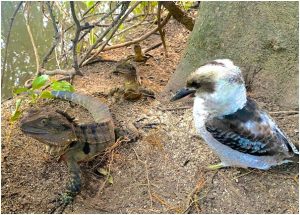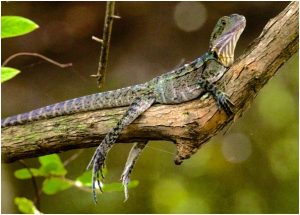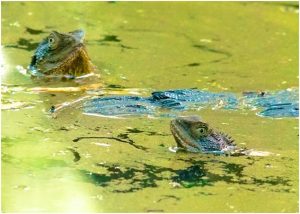There are four species of Freshwater Turtles found in the Moggill Creek Catchment. They are common in Moggill and Gold Creeks and Gold Creek Reservoir and these species are well established and under no threat.
Earlier information about these reptiles called them Tortoises, but recently that name has been reserved to land dwelling Tortoises, which are not native to Australia.
Broad-shelled River Turtle. This species often travels overland during mating season. Photo: Ed Frazer
Freshwater Turtles can be quite long living though few reliable records have been kept. A span of 50 years or more seems reasonable.
The eggs are laid on the banks of streams in soil which can vary from sand to clay. The incubation period can be from several months to two years and is influenced by temperature and rainfall.
Many eggs are lost to drought and predation by water dragons, goannas, water rats, birds and foxes. The hatchlings are also preyed on by catfish, eels and even Platypus, but a few survive and it is not uncommon to see a full range of sizes swimming together in the creeks.
The males are generally smaller than the females and they are often seen following the females for a considerable time in an attempt to mate.
Turtle eating a dead fish in Gold Creek. Photo: Ed Frazer
They feed on a wide variety of items, but prefer shrimp, insect larvae like dragonflies, and clams which they crush by attacking the edges of the shells with their powerful jaws until they open. They also clean up any dead fish and aquatic plants and any fruit that drops into the creeks such as Mulberries.
A Saw-shelled Turtle climbing on driftwood to enjoy the sun in winter. Photo: Ed Frazer
A Brisbane Short-necked Turtle climbing on a sunken log in Gold Creek. Photo: Ed Frazer
Most of their feeding is in the two hours after sunrise and before sunset, but they will
respond to a feed of bread, fish or meat or better still floating fish foods or insects.
In the cooler months they can often be seen sunbathing on rocks or logs poking out from
the creek where they can drop back into the water if disturbed.
A Fresh Water Turtle Catchment Field Guide will be on the MCCG website shortly.
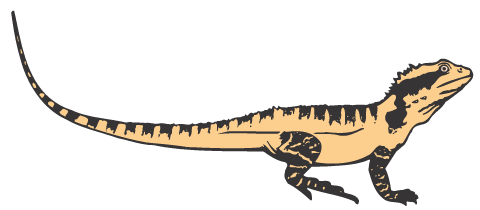

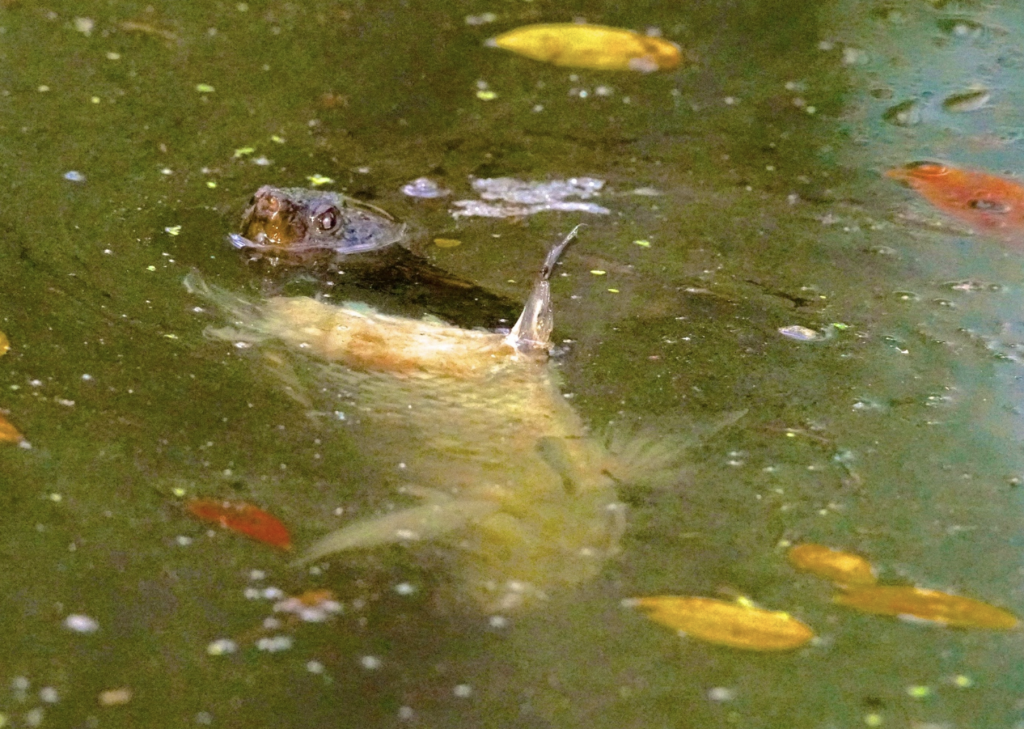
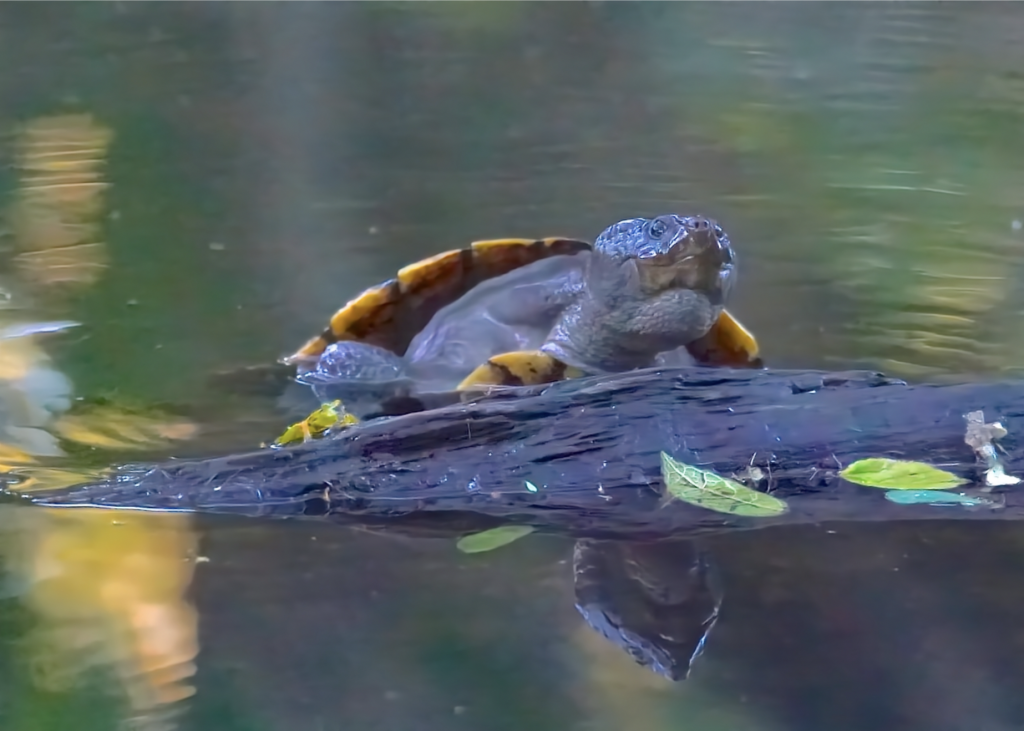

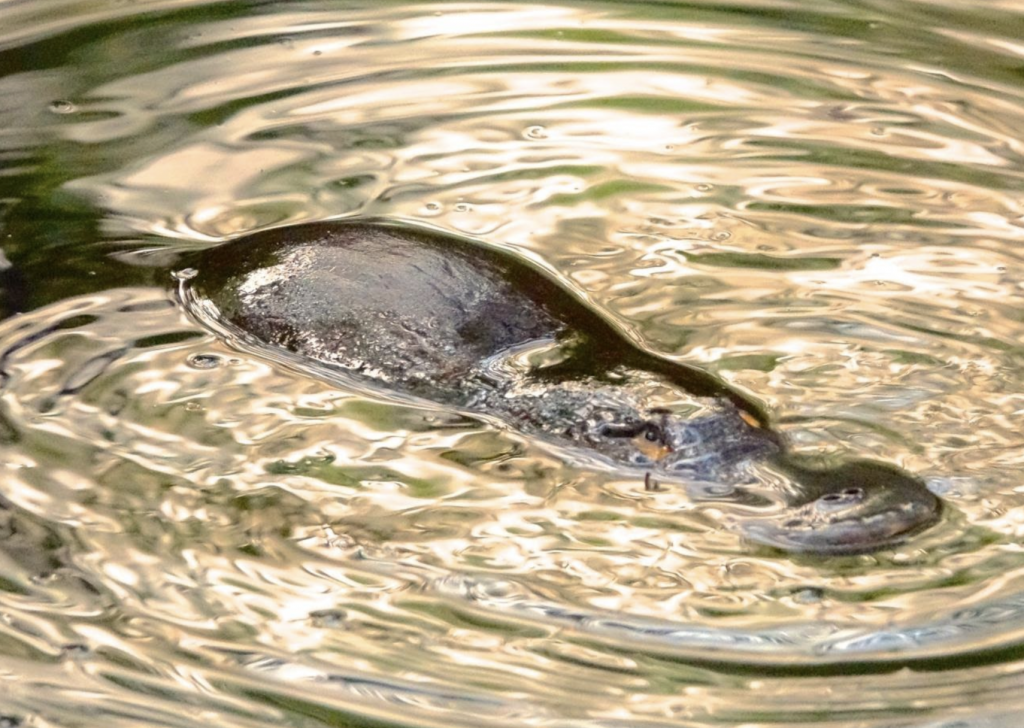


 28-Spotted Ladybird showing marks where it has been rasping the surface of a Deadly Nightshade weed. The big piece cut out of the leaf was probably by a grasshopper.
28-Spotted Ladybird showing marks where it has been rasping the surface of a Deadly Nightshade weed. The big piece cut out of the leaf was probably by a grasshopper.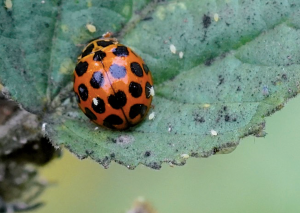 A Common Spotted Ladybird feeding on Aphids which are oblivious of the danger and even climbing over their predator.
A Common Spotted Ladybird feeding on Aphids which are oblivious of the danger and even climbing over their predator.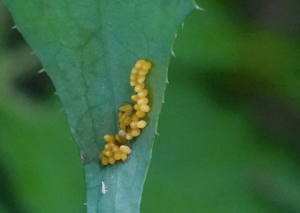 The upright standing eggs of a Three-banded Ladybird under a Milk Thistle leaf.
The upright standing eggs of a Three-banded Ladybird under a Milk Thistle leaf.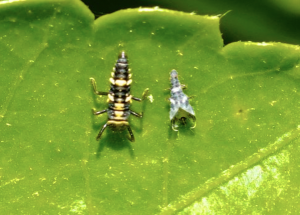 A final instar larva of the Variable Ladybird that has just shed its exoskeleton.
A final instar larva of the Variable Ladybird that has just shed its exoskeleton.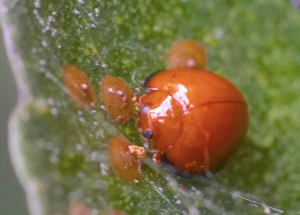 A Red Chilocoris Ladybird feeding on young scale insects on a grapefruit leaf. This species is sold for biological control of several varieties of scale in their citrus industry.
A Red Chilocoris Ladybird feeding on young scale insects on a grapefruit leaf. This species is sold for biological control of several varieties of scale in their citrus industry. A Mealybug Ladybird on a Ficus leaf searching for mealybugs.
A Mealybug Ladybird on a Ficus leaf searching for mealybugs.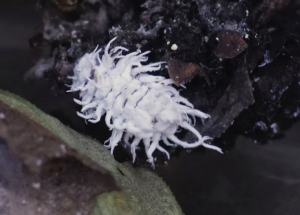 The larva of a Mealybug Ladybird, which looks almost identical to the Long-tailed Mealybug but moves much faster.
The larva of a Mealybug Ladybird, which looks almost identical to the Long-tailed Mealybug but moves much faster.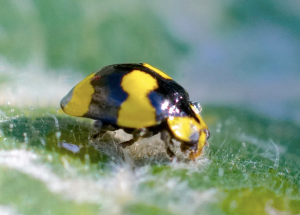 A Fungus-eating Ladybird grazing on powdery mildew under a pumpkin leaf.
A Fungus-eating Ladybird grazing on powdery mildew under a pumpkin leaf.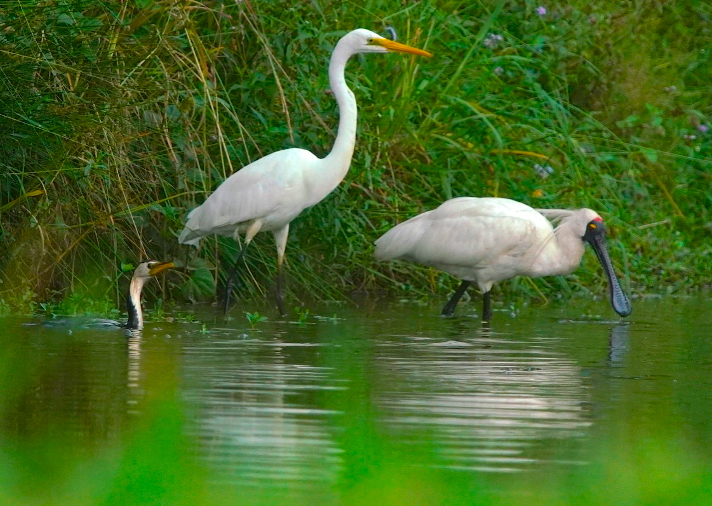
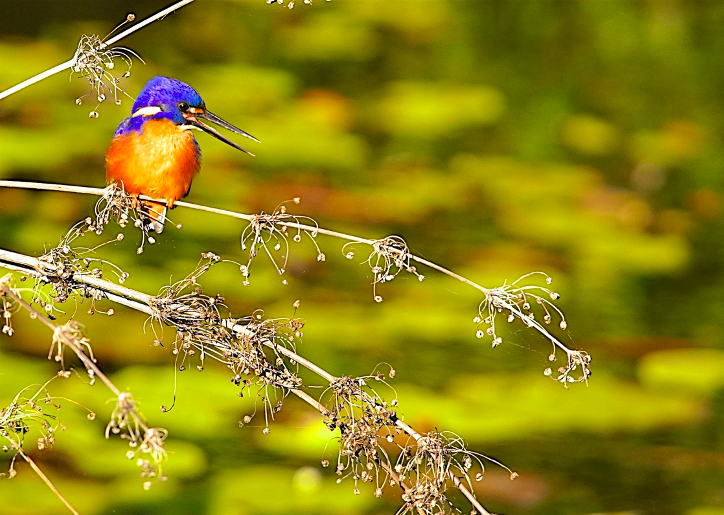
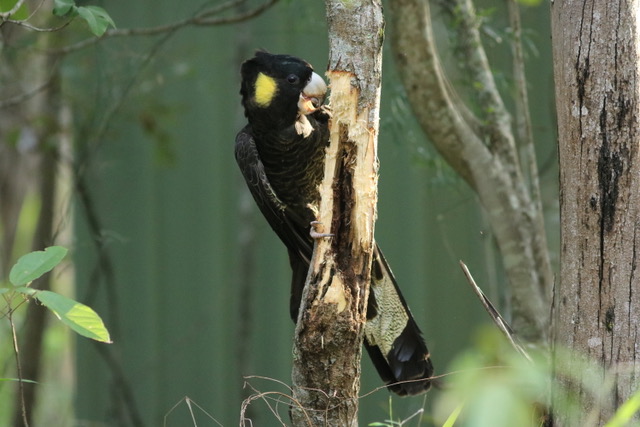
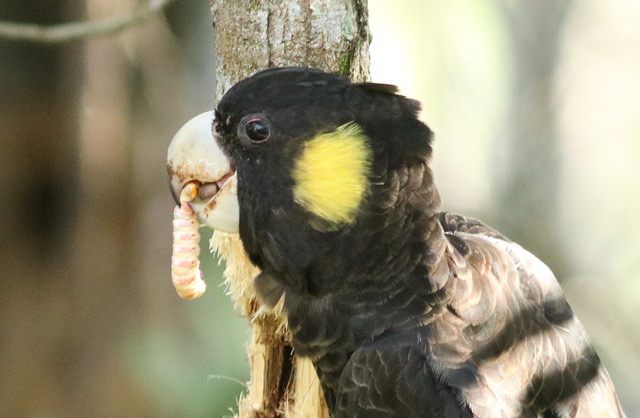
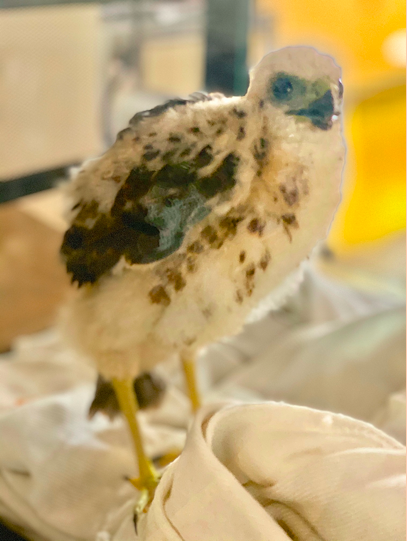
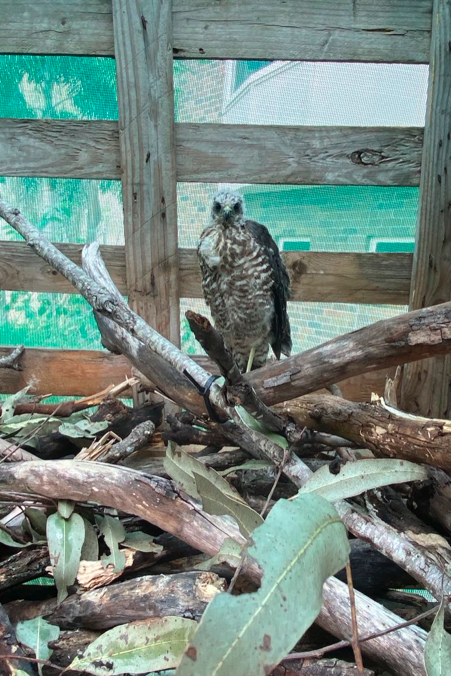
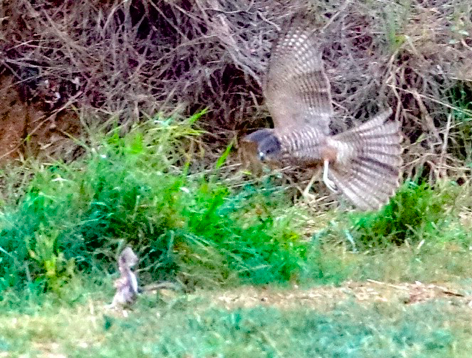
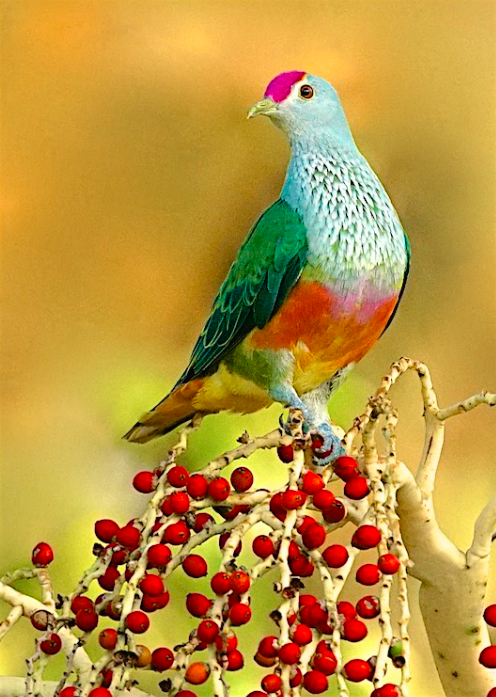

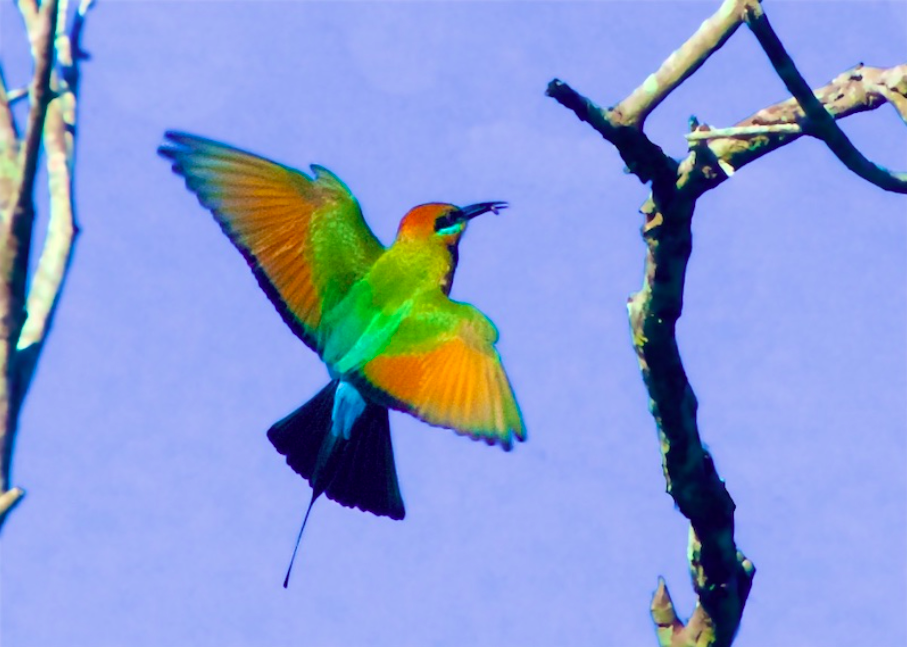
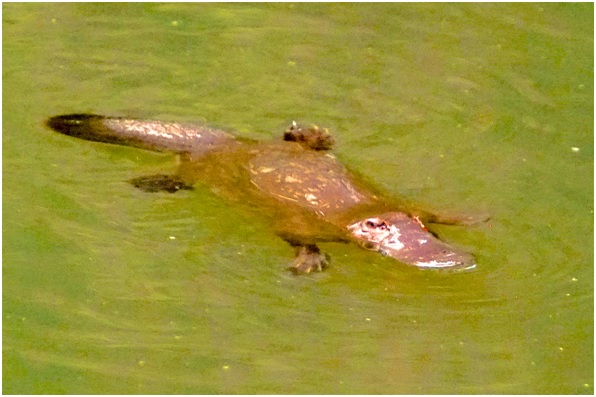

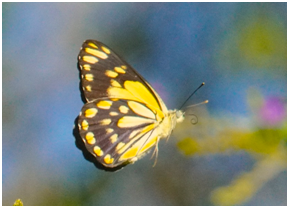
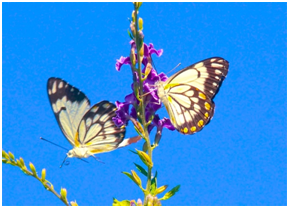


 Yellow Migrant – © Ed Frazer
Yellow Migrant – © Ed Frazer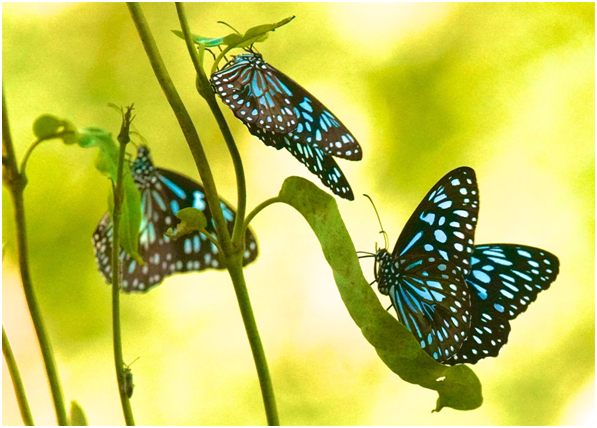 Blue Tiger – © Ed Frazer
Blue Tiger – © Ed Frazer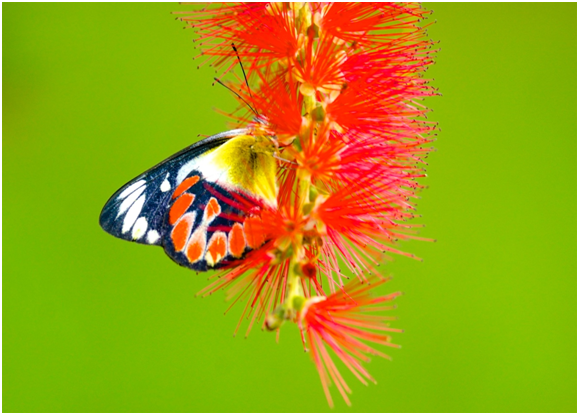 Scarlet Jezebel – © Ed Frazer
Scarlet Jezebel – © Ed Frazer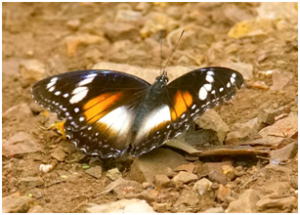
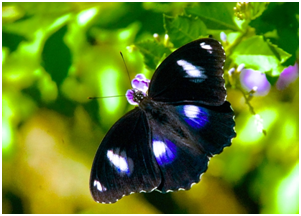
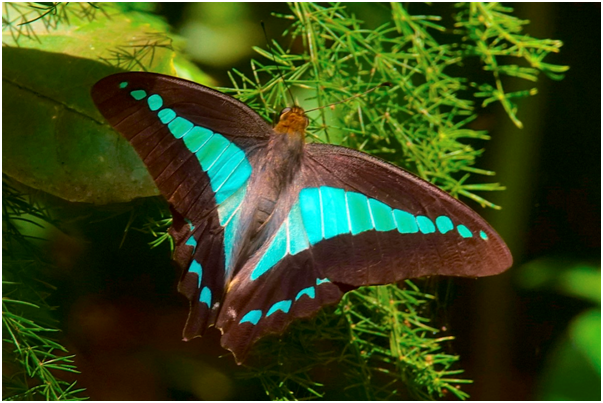 Blue Triangle – © Ed Frazer
Blue Triangle – © Ed Frazer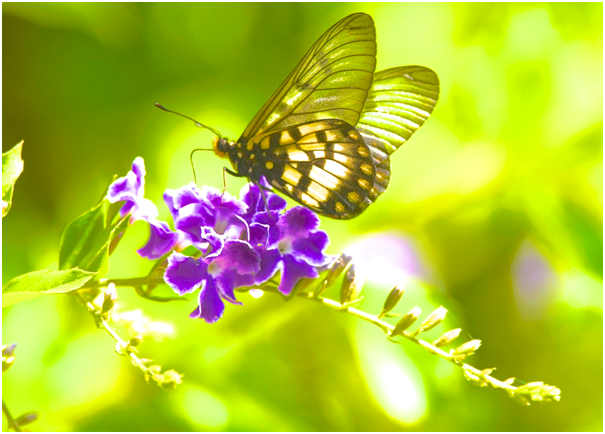 Glasswing – © Ed Frazer
Glasswing – © Ed Frazer Hawk Moth – © Ed Frazer
Hawk Moth – © Ed Frazer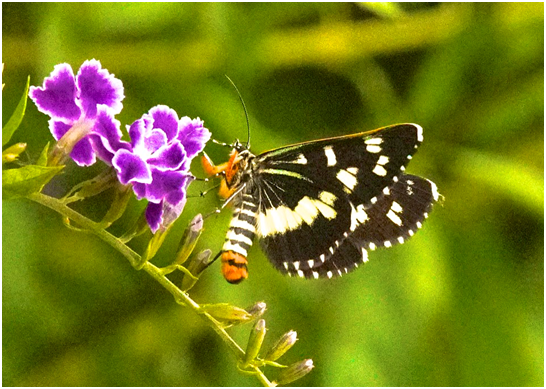 Crow Moth – © Ed Frazer
Crow Moth – © Ed Frazer